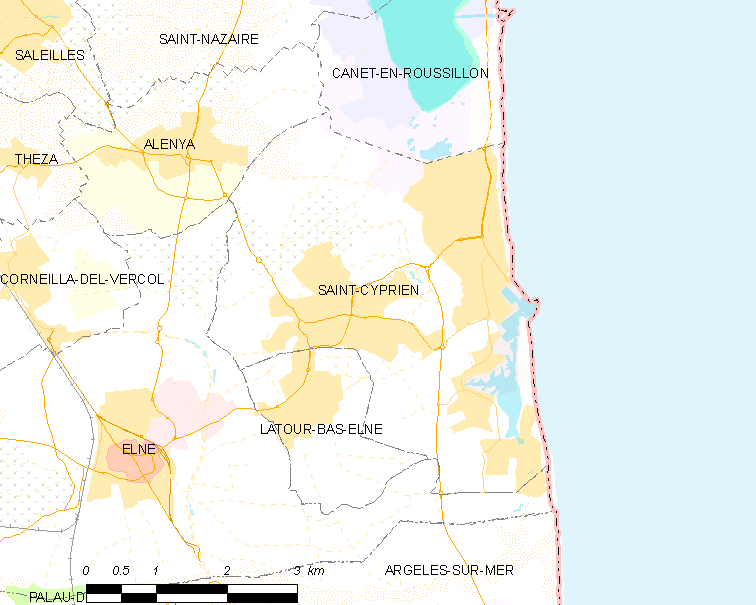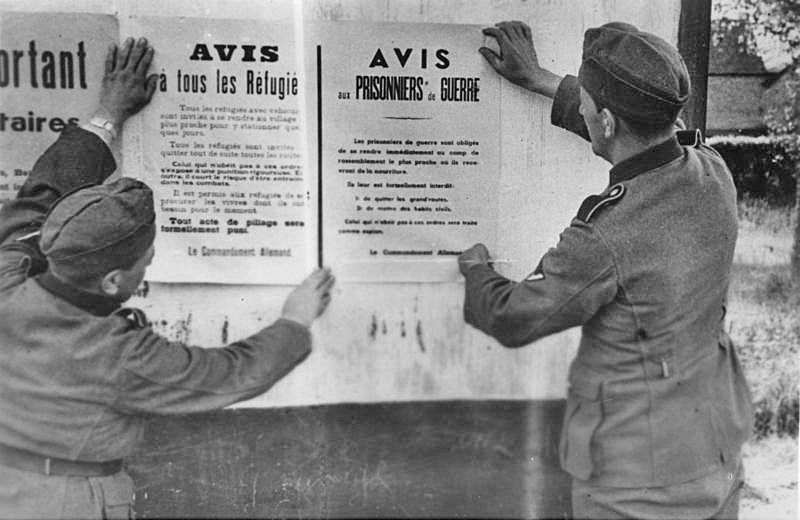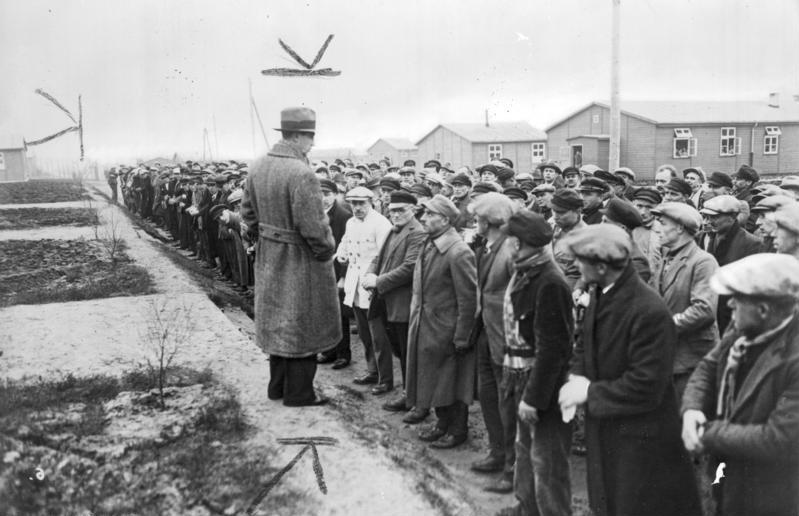|
Karl Germer
Karl Johannes Germer (22 January 1885 – 25 October 1962), also known as ''Frater Saturnus'', was a German occultist and the United States representative and later a successor of author and occultist Aleister Crowley as the Outer Head of the Order (OHO) of Ordo Templi Orientis from 1947 until his death in 1962. He was born in Elberfeld, Germany and died in West Point, California. Early life Germer studied in a university, worked as a military intelligence officer in the First World War and received first and second class Iron Crosses for his service. In 1923 he sold his Vienna property and founded the publishing house Pansophia Verlag in Munich. Germer stayed with his first wife at the Abbey of Thelema from the beginning of January until February 1926. Immigration to the United States: 1926–1935 In 1926, Germer got married for the second time and immigrated to the USA, his wife being an American citizen. By 1927 Germer and his wife Cora Eaton were living in New York whe ... [...More Info...] [...Related Items...] OR: [Wikipedia] [Google] [Baidu] |
Elberfeld
Elberfeld is a municipal subdivision of the German city of Wuppertal; it was an independent town until 1929. History The first official mentioning of the geographic area on the banks of today's Wupper River as "''elverfelde''" was in a document of 1161. Etymologically, ''elver'' is derived from the old Low German word for "river." (See etymology of the name of the German Elbe River; cf. North Germanic ''älv''.) Therefore, the original meaning of "elverfelde" can be understood as "field on the river." Elverfelde received its town charter in 1610. In 1726, Elias Eller and a pastor, Daniel Schleyermacher, founded a Philadelphian society. They later moved to Ronsdorf in the Duchy of Berg, becoming the Zionites, a fringe sect. In 1826 Friedrich Harkort, a famous German industrialist and politician, had a type of suspension railway built as a trial and ran it on the grounds of what is today the tax office at Elberfeld. In fact the railway, the Schwebebahn Wuppertal, was eventu ... [...More Info...] [...Related Items...] OR: [Wikipedia] [Google] [Baidu] |
Thelema
Thelema () is a Western esoteric and occult social or spiritual philosophy and new religious movement founded in the early 1900s by Aleister Crowley (1875–1947), an English writer, mystic, occultist, and ceremonial magician. The word ''thelema'' is the English transliteration of the Koine Greek noun (), "will", from the verb (): "to will, wish, want or purpose." Adherents to Thelema are called '' Thelemites'', and phenomena within the scope of Thelema are termed ''Thelemic''. Crowley wrote that, in 1904, he had received a text or scripture called ''The Book of the Law'', dictated to him by a potentially non-corporeal entity named Aiwass. This text was to serve as the foundation of the religious and philosophical system he called Thelema. Crowley identified himself as the prophet of a new era in humanity's spiritual development, a novel age he termed the Æon of Horus. According to Crowley, the facticity of his prophethood was mainly predicated upon his reception of ... [...More Info...] [...Related Items...] OR: [Wikipedia] [Google] [Baidu] |
German Concentration Camp
From 1933 to 1945, Nazi Germany operated more than a thousand concentration camps, (officially) or (more commonly). The Nazi concentration camps are distinguished from other types of Nazi camps such as forced-labor camps, as well as concentration camps operated by Germany's allies. on its own territory and in parts of German-occupied Europe. The first camps were established in March 1933 immediately after Adolf Hitler became Chancellor of Germany. Following the 1934 purge of the SA, the concentration camps were run exclusively by the SS via the Concentration Camps Inspectorate and later the SS Main Economic and Administrative Office. Initially, most prisoners were members of the Communist Party of Germany, but as time went on different groups were arrested, including "habitual criminals", "asocials", and Jews. After the beginning of World War II, people from German-occupied Europe were imprisoned in the concentration camps. Following Allied military victories, the camp ... [...More Info...] [...Related Items...] OR: [Wikipedia] [Google] [Baidu] |
Gurs Internment Camp
Gurs internment camp was an internment camp and prisoner of war camp constructed in 1939 in Gurs, a site in southwestern France, not far from Pau. The camp was originally set up by the French government after the fall of Catalonia at the end of the Spanish Civil War to control those who fled Spain out of fear of retaliation from Francisco Franco's regime. At the start of World War II, the French government interned 4,000 German Jews as "enemy aliens", along with French socialist political leaders and those who opposed the war with Germany. After the Vichy government signed an armistice with the Nazis in 1940, it became an internment camp for mainly German Jews, as well as people considered dangerous by the government. After France's liberation, Gurs housed German prisoners of war and French collaborators. Before its final closure in 1946, the camp held former Spanish Republican fighters who participated in the Resistance against the German occupation, because their st ... [...More Info...] [...Related Items...] OR: [Wikipedia] [Google] [Baidu] |
Pyrénées-Orientales
Pyrénées-Orientales (; ca, Pirineus Orientals ; oc, Pirenèus Orientals ; ), also known as Northern Catalonia, is a department of the region of Occitania, Southern France, adjacent to the northern Spanish frontier and the Mediterranean Sea. It also surrounds the tiny Spanish exclave of Llívia, and thus has two distinct borders with Spain. In 2019, it had a population of 479,979.Populations légales 2019: 66 Pyrénées-Orientales INSEE Some parts of the Pyrénées-Orientales (like the ) are part of the . It is na ... [...More Info...] [...Related Items...] OR: [Wikipedia] [Google] [Baidu] |
Saint-Cyprien, Pyrénées-Orientales
Saint-Cyprien (; ca, Sant Cebrià de Rosselló) is a commune in the Pyrénées-Orientales department in southern France. Geography History In the 20th century Saint-Cyprien was the site of a camp housing some 70,000 Republican escapees from Spain at the end of the Spanish Civil War. They were held in very poor conditions, in open spaces enclosed by barbed wire, from which they were not allowed to leave. During the Second World War it was used to intern people before they were sent to extermination camps. Letter from my uncle Government and politics Mayors Population and society Population Sports The main spectator sport in the town is Rugby league, while surfing, snorkeling and boat racing are also popular. See also *Communes of the Pyrénées-Orientales department The Pyrénées-Orientales department is composed of 226 communes. Most of the territory (except for the district of Fenolheda) formed part of the Principality of Catalonia until 1659, a ... [...More Info...] [...Related Items...] OR: [Wikipedia] [Google] [Baidu] |
Internment Camps In France
Numerous internment camps and concentration camps were located in France before, during and after World War II. Beside the camps created during World War I to intern German, Austrian and Ottoman civilian prisoners, the Third Republic (1871–1940) opened various internment camps for the Spanish refugees fleeing the Spanish Civil War (1936–1939). Following the prohibition of the French Communist Party (PCF) by the government of Édouard Daladier, they were used to detain communist political prisoners. The Third Republic also interned German anti-Nazis (mostly members of the Communist Party of Germany, KPD). Then, after the 10 July 1940 vote of full powers to Marshal Philippe Pétain and the proclamation of the '' État français'' (Vichy regime), these camps were used to intern Jews, Gypsies, and various political prisoners (anti-fascists from all countries). Vichy opened up so many camps that it became a full economic sector, to the extent that historian Maurice Rajsfus writes ... [...More Info...] [...Related Items...] OR: [Wikipedia] [Google] [Baidu] |
World War I
World War I (28 July 1914 11 November 1918), often abbreviated as WWI, was one of the deadliest global conflicts in history. Belligerents included much of Europe, the Russian Empire, the United States, and the Ottoman Empire, with fighting occurring throughout Europe, the Middle East, Africa, the Pacific, and parts of Asia. An estimated 9 million soldiers were killed in combat, plus another 23 million wounded, while 5 million civilians died as a result of military action, hunger, and disease. Millions more died in genocides within the Ottoman Empire and in the 1918 influenza pandemic, which was exacerbated by the movement of combatants during the war. Prior to 1914, the European great powers were divided between the Triple Entente (comprising France, Russia, and Britain) and the Triple Alliance (containing Germany, Austria-Hungary, and Italy). Tensions in the Balkans came to a head on 28 June 1914, following the assassination of Archduke Franz Ferdin ... [...More Info...] [...Related Items...] OR: [Wikipedia] [Google] [Baidu] |
Esterwegen Concentration Camp
The Esterwegen concentration camp near Esterwegen was an early Nazi concentration camp within a series of camps first established in the Emsland district of Germany. It was established in the summer of 1933 as a concentration camp for 2000 so-called political ''Schutzhäftlinge'' (protective custody prisoners) and was for a time the second largest concentration camp after Dachau. The camp was closed in summer of 1936. Thereafter, until 1945 it was used as a prison camp. Political prisoners and so-called ''Nacht und Nebel'' prisoners were also held there. After the war ended, Esterwegen served as a British internment camp, as a prison, and, until 2000, as a depot for the German Army. The most famous prisoner was writer and editor of the weekly magazine, ''Die Weltbühne'', Carl von Ossietzky, who won the Nobel Peace Prize in 1935. Comedian Werner Finck was detained in Esterwegen for six weeks. SS-''Hauptscharführer'' Gustav Sorge, nicknamed "The Iron Gustav" for his brutality ... [...More Info...] [...Related Items...] OR: [Wikipedia] [Google] [Baidu] |
Columbia-Haus
Columbia concentration camp (also known as Columbia-Haus) was a Nazi concentration camp situated in the Tempelhof area of Berlin. It was one of the first such institutions established by the regime. Development Originally called ''Strafgefängnis Tempelhofer Feld'' the building, which contained 134 cells, 10 interrogation rooms and a guardroom, had been built as a military police station but fell empty in 1929.David Pascoe, ''Airspaces'', Reaktion Books, 2001, p. 177 However as soon as the Nazi Party came to power the building, which by then was known as Columbia-Haus, was made into a prison, with 400 inmates held by September 1933. The prison, initially staffed by both Schutzstaffel and Sturmabteilung members, was largely unregulated until 1934 when it was placed under the command of Walter Gerlach and his adjutant Arthur Liebehenschel. Run as a prison by the Gestapo, it was notorious in the city for the torture meted out to its detainees, most of whom were Communists, Social De ... [...More Info...] [...Related Items...] OR: [Wikipedia] [Google] [Baidu] |
Gestapo
The (), abbreviated Gestapo (; ), was the official secret police of Nazi Germany and in German-occupied Europe. The force was created by Hermann Göring in 1933 by combining the various political police agencies of Prussia into one organisation. On 20 April 1934, oversight of the Gestapo passed to the head of the ''Schutzstaffel'' (SS), Heinrich Himmler, who was also appointed Chief of German Police by Hitler in 1936. Instead of being exclusively a Prussian state agency, the Gestapo became a national one as a sub-office of the (SiPo; Security Police). From 27 September 1939, it was administered by the Reich Security Main Office (RSHA). It became known as (Dept) 4 of the RSHA and was considered a sister organisation to the (SD; Security Service). During World War II, the Gestapo played a key role in the Holocaust. After the war ended, the Gestapo was declared a criminal organisation by the International Military Tribunal (IMT) at the Nuremberg trials. History After Adol ... [...More Info...] [...Related Items...] OR: [Wikipedia] [Google] [Baidu] |
Gematria
Gematria (; he, גמטריא or gimatria , plural or , ''gimatriot'') is the practice of assigning a numerical value to a name, word or phrase according to an alphanumerical cipher. A single word can yield several values depending on the cipher which is used. Hebrew alphanumeric ciphers were probably used in biblical times, and were later adopted by other cultures. Gematria is still widely used in Jewish culture. Similar systems have been used in other languages and cultures: the Greeks isopsephy, and later, derived from or inspired by Hebrew gematria, Arabic abjad numerals, and English gematria. Although a type of gematria system ('Aru') was employed by the ancient Babylonian culture, their writing script was logographic, and the numerical assignations they made were to whole words. The value of these words were assigned in an entirely arbitrary manner and correspondences were made through tables, and so cannot be considered a true form of gematria. Aru was very different from ... [...More Info...] [...Related Items...] OR: [Wikipedia] [Google] [Baidu] |







